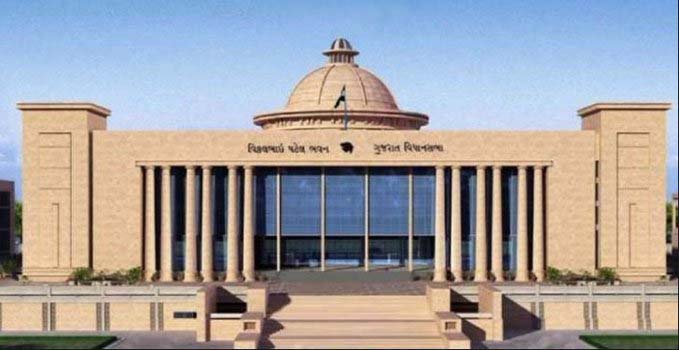NE NEWS SERVICE
GANDHINAGAR, APRIL 1
The report of the Comptroller and Auditor General of India tabled in the Gujarat Assembly has pointed out that the state government needs to formulate a “well thought out” debt repayment strategy to avoid falling into a debt trap.
The “State Finances Audit Report of the CAG for the year ended March 31, 2021” was tabled in the Assembly on Thursday, the last day of the Budget session. As per the audit report, Gujarat’s public debt, consisting of internal debt as well as loans and advances received from the Centre, was Rs 3,08,030 crore in 2020-21. Since a large portion of the debt was supposed to be repaid during the next seven years, the CAG pointed out that it may put a “strain” on the state budget.
“The maturity profile of outstanding stock of public debt as on March 31, 2021 indicates that 61 percent of the total public debt, or Rs 1,87,973 crore, would be repayable within the next seven years, which may put a strain on the government budget during that period,” as per the CAG stated report.
It added that the remaining 39 percent, or Rs. 1,20,056 crore, would become due for servicing after seven years.
“In view of the increasing committed expenditure on one hand and revenue deficit on the other, the state government would have to work out a well thought-out borrowing-repayment strategy to avoid falling into a debt trap,” the report stressed.
The maturity profile of public debt of Rs 3,08,030 crore comprises internal debt of Rs 2,90,031crore, and loans and advances worth Rs 17,999 crore from the Union government. The CAG audit said the total outstanding debt of the Gujarat government increased from Rs 3,15,456 crore in 2019-20 to Rs 3,57,893 crore in 2020-21. It revealed that the debt to GSDP (gross stet domestic product) ratio of the state ranged from 19.02 percent to 21.02 percent over the period of five years, with the ratio of 21.02 percent in 2020-21 being the highest during the period.
The CAG noted that the internal debt of the state government, mainly market borrowings, accounted for 82 percent and 81 percent of the total outstanding debt during 2019-20 and 2020-21 respectively.
“The share of revenue deficit in the fiscal deficit indicates the extent to which borrowed funds were used for current consumption. Persistently high ratio of revenue deficit to fiscal deficit indicates that the asset base of the state government is continuously getting eroded,” the CAG stated.
Further, the report said the ratio of public debt to GSDP was within a range of 15.99 percent to 18.01 percent during 2018-21. During this period, the burden of interest payment on public debt ranged from 13.39 percent to 17.22 percent of the revenue receipts, it added.
Stressing on the need to review debt sustainability, the CAG pointed out that the percentage of public debt repayment to public debt receipts decreased sharply over the previous year.
“Further, during 2016-21, while GSDP grew at a CAGR (compound annual growth rate) of 9.19 percent, the outstanding public debt has grown at a CAGR of 11.49 percent. The above indicators show there is a need to review sustainability of debt of the state,” the CAG report said.












